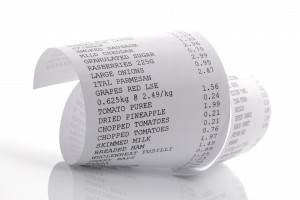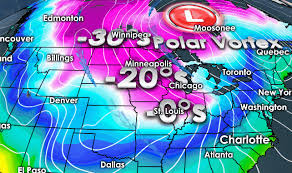 Groceries are often one of the biggest expenses that a household has. The cost of keeping a family fed and happy can be outrageous! If you let it be outrageous, that is…
Groceries are often one of the biggest expenses that a household has. The cost of keeping a family fed and happy can be outrageous! If you let it be outrageous, that is…
One way to save money on groceries is by starting and sticking to a grocery budget. Of course, starting a grocery budget is the easy part. It’s certainly easy to just say “We’re only going to spend $XXX on groceries every month. Sticking to a grocery budget, though? Now, that’s the hard part! So many people start a grocery budget with good intentions, only to fail in their goal of saving money in a very short period of time. Not being able to stick to a money saving goal can be very disheartening, I know. But, saving money on groceries can be almost painless, if you can stick to your grocery budget that is!
Here are a few tips to help you get started with and stick to your grocery budget…
#1. Track Your Current Spending First
Before you can set up a reasonable grocery budget, you’ll first need to know what you’re spending now. For a one month period of time, keep track of every cent that you spend on groceries. I’ve found that the easiest way to do this is by saving grocery and restaurant receipts and adding the money up at the end of the month. This total should give you a good idea of what you’re spending on groceries every month.
#2. Stick With a Reasonable Grocery Budget
If you already spend $600 on groceries every month, it’s not reasonable to slash your grocery budget in half and set it at $300 unless it’s absolutely necessary. Instead, start by skimming just a little bit off of your normal spending to start a grocery budget. For instance, reduce your grocery budget by $50 or $100 each month. This will make it much easier to adapt to the new spending limits and help reduce the risk of going over your budget.
#3. Plan Your Meals
Instead of hitting the stores willy nilly, plan your meals ahead as much as possible. The best way to save money on groceries with menu planning is by taking a look at the grocery circulars during your planning stage. Plan your menus around what’s on sale to save a bundle each week. You can save even more by using coupons on sale items!
#4. Know What You Have On Hand
Keep a list of what you have on hand in your refrigerator or pantry. You can use a whiteboard, notebook, spreadsheet, or a smartphone app for this. When you use something, cross it off, erase it, or delete it. Make sure you have the list on hand when grocery shopping too, so you won’t have to waste part of your grocery budget on items you already have at home.
#5. Budget for Grocery Stock Up Deals
Sometimes you run into a fantastic deal at the grocery store on a product that you use frequently. You can usually save a nice chunk of change on groceries when you stock up on these items. So, be sure to leave a little room in your grocery budget for some stock up deals, at least when you first start.
#6. Use an Envelope of Cash for Groceries
At the beginning of the month or week place the amount of your grocery budget in an envelope. Take this envelope with you when you go grocery shopping. Ideally, this should be the only money you have on you. Limiting yourself to just the money in the envelope will most likely make you more aware of prices and how much you’re spending, which means you’re less likely to go over budget.
#7. Treat Yourself With the Excess
Chances are there will be some months or weeks that you have money left over from your grocery budget. Treat yourself with this extra money! You can use it to have a dinner out, add to your savings, or put more money toward credit card debt.






